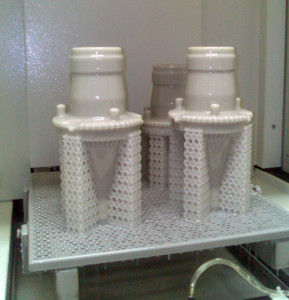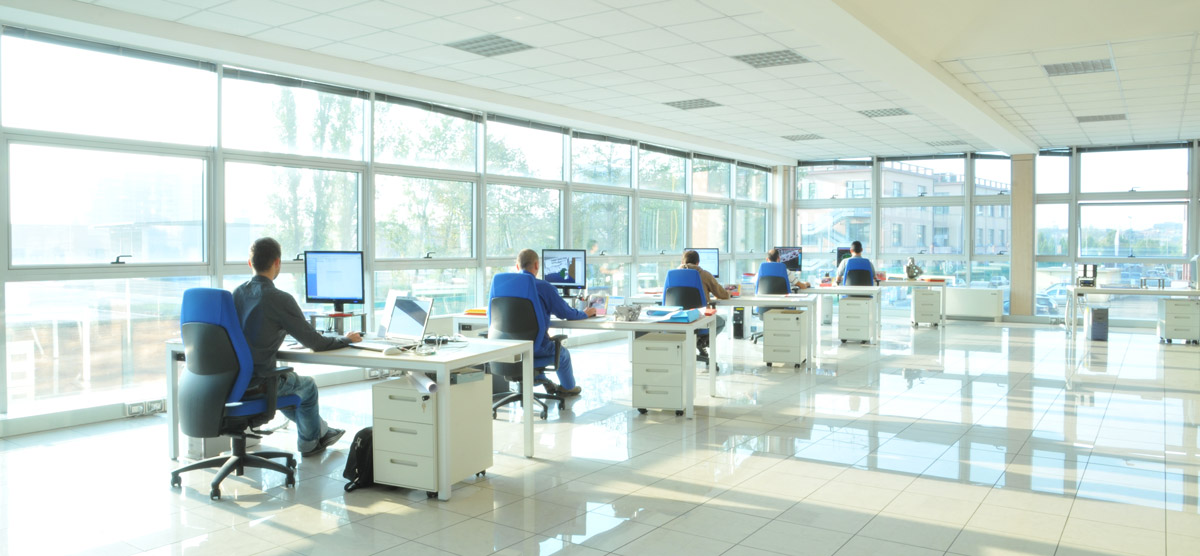Among the companies that were asked to “strut their stuff” at the Stratasys media event in New York last week, one; Modena- (Italy) based CPC Group, was asked to explain how FDM technology made it possible for them to become leaders in the use of composite materials for their high level work —especially in the Formula 1 motorsports sector.

CPC is a leader in the development and production of high performance final parts produced in composite for the automotive industry, although they also have clients in the nautical and aeronautical sectors. Founded in 1959, the company today has 140 employees. During the 90’s it underwent a radical transformation by implementing a series of investments on the newest prototyping machinery and in manpower training for the field of top level 3D design.
These seeds sprouted into a rapid prototyping department that featured a range of systems including stereolithography, laser sintering and production level FDM, as well as the composite material section, where carbon fiber parts are created with state-of-the-art equipment. After developing these two new technological departments, the management board completed the production cycle by adding a spray painting system with 7 cabins for composite and non-composite materials.
Today CPC operates in different areas to high standards of excellence. The CPC COMPOSITI was established in 2007 and can leverage a technical department with 3D CAD stations along with a 180 square meter Clear Room certified to Class 10.000. CPC PROTO SERVICE, the division specialized in rapid prototyping was established four years earlier specifically to meet the increasingly tight deadlines of the automotive and racing sectors.
Surprisingly it has a very low number of highly skilled employees working with resin based stereolithography. In 2007 it developed a proprietary galvanization process, where ultrasonic cleaning, pre-coating and electrolytic coating activities are also carried out. In 2012 it began investing heavily in Stratasys’ production level Fused Deposition Modeling (FDM) technologies.
Roberto explained that through the use of FDM they were able to drastically reduce the times and costs of their composite application process. For example, on a component costing €3000 and requiring up to 9 days with traditional manufacturing techniques, the costs can be cut by 46% down to €1600 and the time reduced by 45% down to 5 days.
Like many other companies in Italy, CPC, which also includes ENGINEERING, MODELLERIA (mechanical modeling) and PAINTING divisions, had to directly invest in forming its workforce. Although this is generally a common practice, it also shows how, unfortunately, the higher level skills required for advanced 3D design and 3D printing are not taught in schools. Something tells me it is time they should be.



